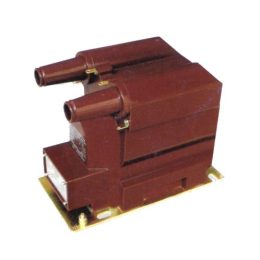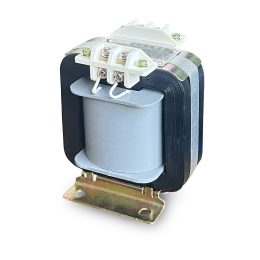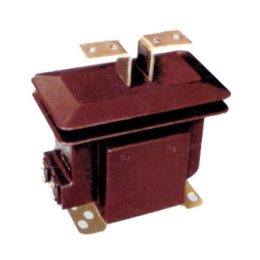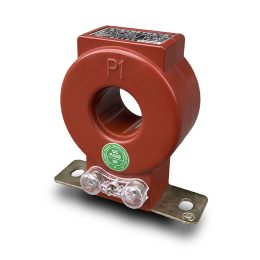Fault Handling Considerations for Current and Voltage Transformers
When faults occur in current transformers (CTs) and voltage transformers (VTs), the following considerations must be taken into account to ensure safety and system stability:
Voltage Transformer Fault Handling Considerations
If a voltage transformer shows abnormal symptoms such as unusual noise, smoke, or oil leakage, it is critical to take proper precautions. In cases where the high-voltage fuse on one side does not blow immediately, it is crucial to avoid disconnecting the faulty voltage transformer using the isolating switch. At this point, there might still be a significant current in the voltage transformer, which poses a risk of an arc when attempting to open the isolating switch.
To safely handle this situation, the appropriate circuit breaker should first be used to disconnect the power supply, ensuring the system is de-energized. Once the power is off, the isolating switch for the voltage transformer can be safely opened. In the event of a fire, it is essential to first cut off the power supply and then extinguish the fire using carbon dioxide or a dry chemical fire extinguisher. Always ensure the proper fire safety procedures are followed when dealing with such serious faults, especially when there is visible smoke or fire.
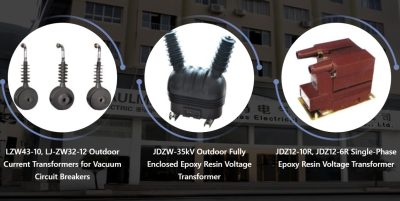
Current Transformer Fault Handling Considerations
Current transformers are critical components in electrical measurement and protection systems. A fault in a CT can directly impact the safety and operation of the entire power system. The following guidelines should be followed when handling faults in current transformers:
(1) Never open the secondary circuit during operation:
The secondary circuit of a current transformer should never be left open while the transformer is operating. If the secondary side is open, the excessive magnetic flux in the core can cause significant iron losses, leading to overheating and potential damage. Additionally, the secondary voltage can rise to dangerous levels, potentially leading to insulation breakdown and electric shock hazards.
When replacing measuring instruments such as ammeters or energy meters, always short-circuit the current loop before making any adjustments. Once the new instruments are properly installed, reconnect them to the secondary circuit, remove the short-circuit wire, and check that the meters are functioning correctly. If sparks are observed when removing the short-circuit wire, this indicates that the current transformer secondary circuit is open. In this case, immediately reconnect the short-circuit and investigate the measurement loop to ensure no open-circuit conditions exist before removing the short-circuit again.
(2) Tighten the core bolts if there is buzzing noise:
If a current transformer emits a buzzing sound, it often indicates that the transformer core may be loose. In such cases, the bolts securing the core should be tightened to eliminate the noise and prevent further damage to the core structure.
(3) Ensure proper grounding of the secondary side and the housing:
The secondary side of the current transformer and its external casing must be reliably grounded. Grounding is critical to prevent electrical hazards and ensure safe operation.
(4) Insulation resistance checks:
If the insulation resistance of the current transformer’s secondary winding falls below 10-20 MΩ, it is necessary to dry the transformer to restore the insulation before it can be used again. Low insulation resistance indicates moisture or other issues that may compromise the transformer’s safety and functionality.
Fault Reporting and Handling
When a fault occurs in a current transformer, it can severely impact the operation and safety of the primary system. It is crucial to report the fault to the relevant authorities or supervisors immediately. The faulty CT should be disconnected from the power supply and taken offline for further inspection and repair. Only after the issue has been properly diagnosed and resolved should the transformer be put back into service.
In cases where the secondary winding is open, the fault should be handled according to the specific site conditions and relevant safety procedures. Once appropriate safety measures have been taken, and the transformer has been repaired, it can be safely re-commissioned for use in the system.
- Causes of 35KV Current Transformer Damage
- Single-Phase Voltage Transformers Role, Function, and Importance in Power Systems
- Zero-Sequence Current Transformer Protection Principle and Applications
- Working Principle of Zero-Sequence Current Transformers
- Error Analysis and Maintenance of Current Transformers in Power Systems
- Causes, and Solutions for Abnormal Heating in 10KV Current Transformers
